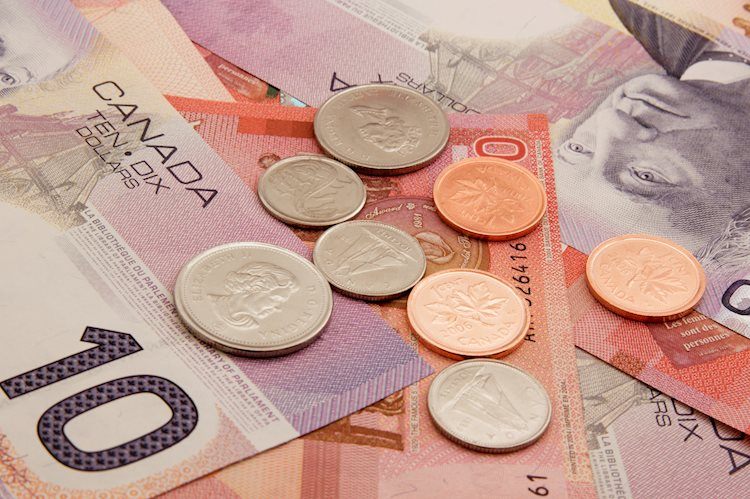- USD/CAD softens to near 1.4055 in Wednesday’s early Asian session.
- Trump’s tariff threat exerts some selling pressure on the Canadian Dollar.
- FOMC minutes showed officials backed the gradual pace of rate cuts.
The USD/CAD pair trades with mild losses around 1.4055 during the early Asian session on Wednesday. The Canadian Dollar (CAD) recovers some lost ground after reaching a 55-month low due to US President-elect Donald Trump vowing tariffs on Mexico and Canada and extra tariffs on China.
Donald Trump said he would impose a 25% tariff on imports from Canada and Mexico on January 20 and impose an extra 10% tariff on goods from China. The prospect of likely substantial tariffs has prompted traders to become more cautious about the currencies of the United States (US) trading partners, dragging the Loonie lower against the Greenback.
Goldman Sachs analyst, Isabella Rosenberg, said the proposed 25% tariff on Mexican and Canadian imports would represent a significant economic shock for both the Canadian Dollar and the Mexican Peso.
Minutes from the Federal Open Market Committee’s (FOMC) latest meeting indicated that the policymakers are taking a cautious approach to cutting interest rates as inflation is easing and the labor market remains strong. At the November meeting, the Fed decided to lower interest rates by a quarter-point to a range of 4.5-4.75%, the second cut in as many meetings. The cautious stance from the Fed might boost the Greenback in the near term.
Later on Wednesday, the US Core Personal Consumption Expenditures (Core PCE) – Price Index for October will take center stage. Also, the weekly Initial Jobless Claims, Pending Home Sales, the Chicago PMI and Durable Goods Orders will be released.
Canadian Dollar FAQs
The key factors driving the Canadian Dollar (CAD) are the level of interest rates set by the Bank of Canada (BoC), the price of Oil, Canada’s largest export, the health of its economy, inflation and the Trade Balance, which is the difference between the value of Canada’s exports versus its imports. Other factors include market sentiment – whether investors are taking on more risky assets (risk-on) or seeking safe-havens (risk-off) – with risk-on being CAD-positive. As its largest trading partner, the health of the US economy is also a key factor influencing the Canadian Dollar.
The Bank of Canada (BoC) has a significant influence on the Canadian Dollar by setting the level of interest rates that banks can lend to one another. This influences the level of interest rates for everyone. The main goal of the BoC is to maintain inflation at 1-3% by adjusting interest rates up or down. Relatively higher interest rates tend to be positive for the CAD. The Bank of Canada can also use quantitative easing and tightening to influence credit conditions, with the former CAD-negative and the latter CAD-positive.
The price of Oil is a key factor impacting the value of the Canadian Dollar. Petroleum is Canada’s biggest export, so Oil price tends to have an immediate impact on the CAD value. Generally, if Oil price rises CAD also goes up, as aggregate demand for the currency increases. The opposite is the case if the price of Oil falls. Higher Oil prices also tend to result in a greater likelihood of a positive Trade Balance, which is also supportive of the CAD.
While inflation had always traditionally been thought of as a negative factor for a currency since it lowers the value of money, the opposite has actually been the case in modern times with the relaxation of cross-border capital controls. Higher inflation tends to lead central banks to put up interest rates which attracts more capital inflows from global investors seeking a lucrative place to keep their money. This increases demand for the local currency, which in Canada’s case is the Canadian Dollar.
Macroeconomic data releases gauge the health of the economy and can have an impact on the Canadian Dollar. Indicators such as GDP, Manufacturing and Services PMIs, employment, and consumer sentiment surveys can all influence the direction of the CAD. A strong economy is good for the Canadian Dollar. Not only does it attract more foreign investment but it may encourage the Bank of Canada to put up interest rates, leading to a stronger currency. If economic data is weak, however, the CAD is likely to fall.
Read the full article here

